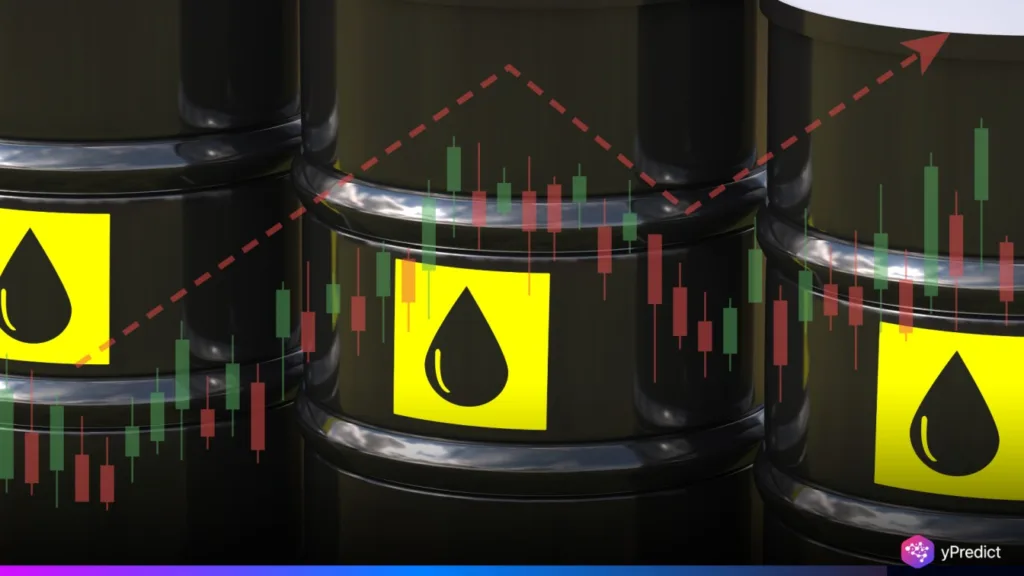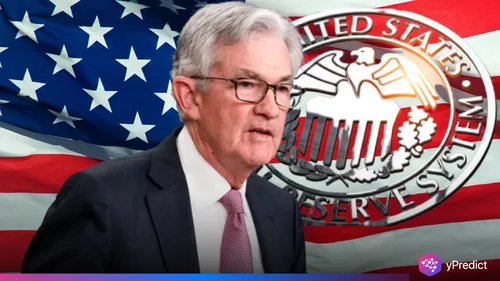
Oil prices fell significantly on Monday as geopolitical tensions in the Middle East eased and the Organisation of the Petroleum Exporting Countries (OPEC) signalled a potential output hike. Brent crude fell 1.9% to $71.68 per barrel, while West Texas Intermediate (WTI) slipped 2.1% to $64.52, reflecting a sharp market shift as the risk premium tied to Israel-Iran tensions faded. Simultaneously, OPEC’s indications of a production increase have fueled further price pressure.
Crude Retreats, Traders Eye OPEC Meeting
Reuters reports that crude oil prices began the week under pressure, as easing tensions in the Middle East and the expectation of increased production from OPEC+ overshadowed the market. Brent crude futures for August delivery dropped by 66 cents to $67.11 per barrel early Monday, while the more actively traded September contract slid to $65.97. U.S. benchmark West Texas Intermediate (WTI) also retreated, falling by 94 cents to trade at $64.58.
This decline follows last week’s steep losses, Brent and WTI both posted their sharpest weekly drops since March 2023. However, despite this downturn, both benchmarks remain on track to close June with gains exceeding 5% for a second consecutive month.
The recent cooling in prices reflects a swift unwinding of the geopolitical risk premium that had pushed oil above $80 earlier in June. Tensions had escalated after Israel launched strikes on Iran’s nuclear sites on June 13, triggering retaliatory actions and U.S. involvement. Prices soared initially, but a ceasefire announcement from President Donald Trump eased fears of prolonged conflict, causing oil markets to correct sharply.
Market sentiment has since shifted back to fundamentals. Tony Sycamore of IG Markets noted that much of the earlier risk pricing has now been removed following the de-escalation between Iran and Israel.
In parallel, expectations are building for another production hike from OPEC and its allies. According to four sources within the group, OPEC+ plans to boost output by 411,000 barrels per day in August, continuing monthly increases that began in April. The official decision will be finalised at the group’s meeting scheduled for July 6.
Demand from China and the U.S. Reinforce Caution
While supply developments draw focus, weak demand remains a concern. China’s manufacturing PMI inched up to 49.7 in June, marking a third month of contraction, while the non-manufacturing PMI rose to 50.5, signalling modest services growth. However, continued industrial weakness clouds the demand outlook and may limit further oil price gains.
In the U.S., oilfield activity also softened. The latest data from Baker Hughes showed the number of active drilling rigs fell by six to 432 last week, the lowest level recorded since October 2021. This decline points to possible future moderation in domestic output, though it remains insufficient to offset global supply growth or revive sentiment dampened by poor economic indicators.
Technical Indicators Signal Market Consolidation Amid Uncertainty
From a technical perspective, oil markets appear to have entered a consolidation phase following their recent slide. Brent crude now trades below both its 50- and 200-day moving averages, with momentum indicators suggesting a lack of buying interest. The Moving Average Convergence Divergence (MACD) remains negative and continues to widen, while the Relative Strength Index (RSI) sits at 45.23, indicating weakening momentum without entering oversold territory.
Technical indicators suggest a cautious, consolidating oil market. Prices hover near Bollinger Band lows, with the Ichimoku Cloud indicating a bearish trend. Brent and WTI trade below their 50-period EMAs, though MACD shows signs of stabilising, and RSI levels near oversold may limit further downside. Low volumes and muted ETF activity reflect investor hesitation ahead of the OPEC+ meeting and key data from China.
However, the market has now moved from a high-volatility, risk-driven environment into a more measured and data-sensitive posture. With geopolitical fears subdued and supply poised to increase, attention now rests on demand recovery and upcoming policy signals that could redefine the short-term trajectory for oil.







